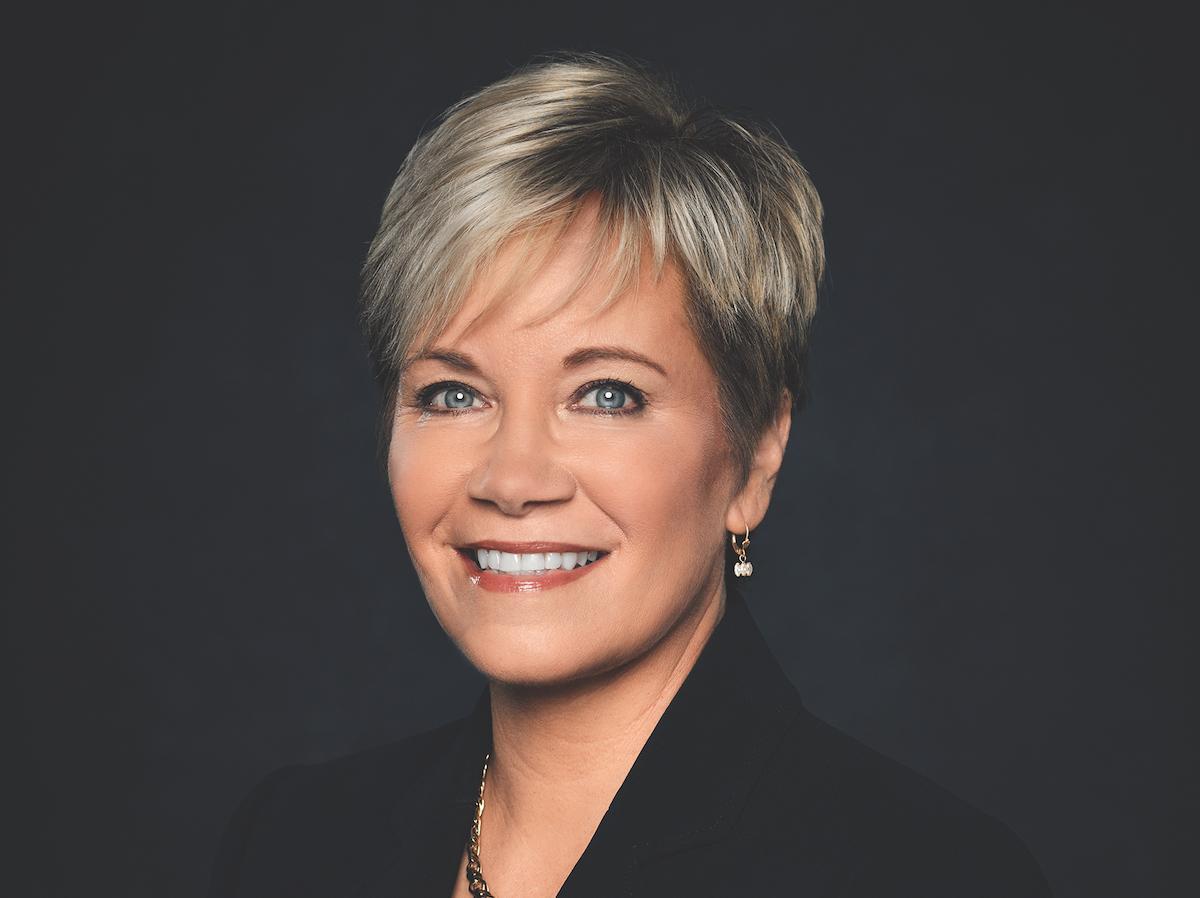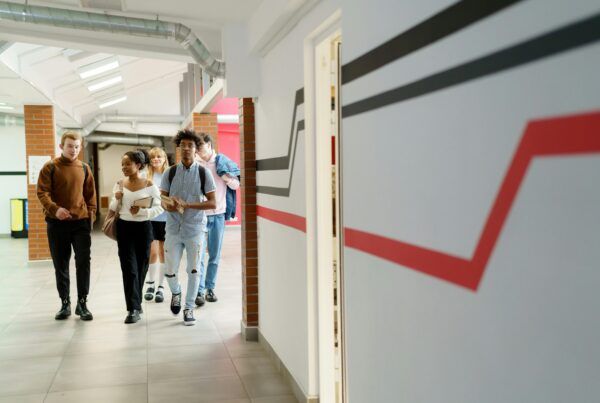In the first installment of the Strategic Finance Learning Studio interview series with Rick Staisloff, we welcomed Laura Casamento, president of Utica College in New York, who spoke about innovation and thriving in a time of uncertainty.
Rick Staisloff:
Our focus today is on how to create urgency from the current crisis that moves us from the short-term response to COVID-19 toward more sustainable business models for higher education in the long-term. That sense of urgency around creating sustainable models has been in place at Utica College for a long time. What doess ustainability look like at Utica?
Laura Casamento:
You’re right Rick, sustainable innovation started a long time ago at Utica. It’s part of our DNA. For example, we went into online education 17 years ago; I don’t think a lot of schools that look like Utica can say that. We started to marry our capabilities with the market back when we were innovating our programs. One of the first markets was cyber security and addressing economic crime when those topics were really hitting the market. We’ve been really strong about diversifying geographically, too. So, it’s not just about saying we’re going to change modality. It’s about who we’re going to reach and what we’re going to impart.
Key questions we ask ourselves are “What do we do best? Who needs our product and where do they need it?” For a long time, the best opportunities led us to online education. Now, it will be interesting to see what emerges from our explorations over the past few months. I’ve heard from some very traditional faculty who went through the shift to an online environment and discovered pedagogy that they didn’t realize existed. I think that they’ll grab the best pieces of these various approaches to learning and bring them together in a long-term sustainable way.
Ultimately, it’s about growing enrollment intentionally. And as we do, we’ll pay attention to the margins, finding opportunities to marry mission and market: that intersection of who are we, what do we do well and who needs it. And I am proud to say that everybody who works at Utica College knows exactly what that means.
Rick Staisloff:
Throughout this period, you’ve had a clear vision, driven by Utica’s strategic plan. I’ve always loved your description of the strategic plan, that it’s “six pages long with pictures.” So, people actually read it and use it.
Laura Casamento:
The plan is focused on just a few key areas. Increasing persistence to graduation for all students, intentionally growing enrollment, paying attention to our financial margins, and growing net assets. Really simple.
Bottom line: We’re preparing for a future where we aren’t just surviving, we’re thriving.
Rick Staisloff:
Once you rolled out the strategic plan, I’d love to think that everybody stood up, cheered and said, “Please tell me what I can do.” But I know it doesn’t work that way in higher ed. How have you been able to help the team keep moving forward?
Laura Casamento:
I’ve been committed since I began my presidency to sharing as much information about the college as possible. I come to every meeting with data, so that everyone knows where we stand on key measures. Using the data helps us focus on the things we can control.
I especially take time to help our institution understand the financials. For example, people know how many days of cash on hand we have, and why that’s important to track. We take the community through the financial statements, show them how our metrics are calculated and whether they are improving or declining. And when they see positive results, they’re excited about the work that they did.
Rick Staisloff:
You know, this speaks to my CFO heart. What I particularly like is creating a safe space to talk about the business model. And not just assuming that everybody knows that it’s important.
Laura Casamento:
It can be as simple as putting up a graph showing operating expense versus revenue. When I first came into the presidency, I showed the previous years where those lines were inverted (revenue less than expense). I’m in this room full of incredibly smart people and I said, “If you take nothing away from our time together, just know that blue line should be above the red line,” and it stuck. Everybody laughed.
The next year, I showed them the exact opposite relationship. All I had to do was put up the graph. They saw the line and started cheering. It’s a really powerful visual.
Rick Staisloff:
How do you keep that transparency and accountability going? Do you find that things tend to slip over time?
Laura Casamento:
What I’ve seen in my 16 years in higher ed is that you can have some good times and then the discipline goes away. You think “Now I can spend this. Now I can do this.” Of course, you should always be reinvesting, but you can’t take your eyes off of the return on those investments. And I think that’s where colleges and universities sometimes get into trouble. They forget to feed the things that feed them and to consider how they build toward the next set of economic engines.
Rick Staisloff:
Let’s say I was a president tuning in to our conversation and I’m on board but haven’t done the kind of things you described. I don’t have a clear strategic vision. I don’t have a very focused strategic plan. I don’t have a set of metrics. What would your advice be?
Laura Casamento:
Start by getting your arms around the data. Focus especially on outcomes, so that you understand what’s happening at the institution. This helps to center your institution around the data. And don’t be afraid to share bad news.
Rick Staisloff:
Not being afraid to share bad news, and ‘failing forward.’ I hear a lot of institutions and leaders talk about it. I see very few actually do it. So, I love what you’re talking about in terms of modeling it. If it doesn’t work, we’ll learn from it and keep moving.
Laura Casamento:
If you’re going to survive, you’re going to fail. And that doesn’t mean we want the institution to fail, but we as a team likely will. If we try five new ideas, maybe two don’t work. But three might, and then we know to invest more there. Along the way, remember that you’ll likely have to make concessions, too, because you’re never going to get everything you want.
Rick Staisloff:
It’d be easy to think about this as such a daunting time. Yes, the challenges are there, but I’ve heard you talk with a lot of optimism around where you see Utica going. What’s your sense, when we have a conversation 18 months from now, where we are going to be?
Laura Casamento:
The next couple of months are critical. Although we have a strong reopening plan and New York State has released its guidelines, I want to make sure that happens properly. Like many institutions, we have to prepare for every single scenario.
Eighteen months from now, I actually see a leaner institution both in terms of our priorities and operations. How might we continue to reorganize to better deliver programs and services? And I think we’re going to see a lot of faculty innovation and product development as well, allowing us to better respond to coming shifts in the economy. Industries are going to need us to be ready to supply talent with the necessary credentials. It’s an undoubtedly challenging time for us all, but I truly believe that Utica will emerge as a stronger institution in 18 months.
—
Check out the Strategic Finance Learning Studio with Rick Staisloff series, brought to you in collaboration with the
American Council on Education. Please stay safe and healthy in the present moment as you care for your students,
your faculty and your staff. Higher ed needs you.
Ready to discover more insights? Sign up to receive the monthly rpk Update.



